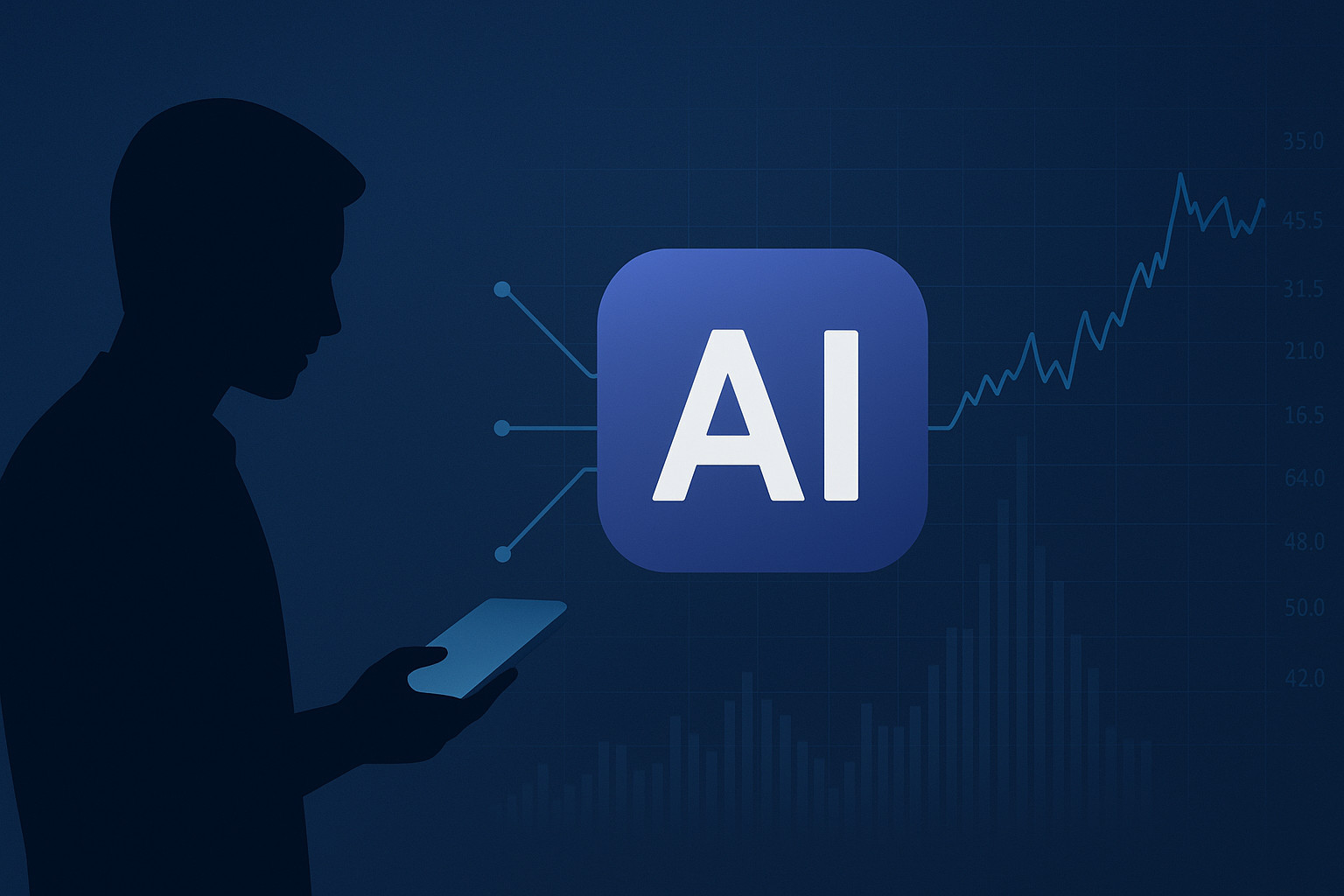In today’s rapidly evolving digital landscape, the Software as a Service (SaaS) business model has emerged as a cornerstone for delivering software solutions. SaaS eliminates the need for users to download and install software on individual devices, instead offering applications accessible over the internet. This article dives deep into the concept of SaaS, how it works, its benefits, and examples that showcase its widespread application.
Table of Contents
What is SaaS?
Software as a Service (SaaS) is a cloud-based delivery model where software applications are hosted by a service provider and made available to customers over the internet. Users typically subscribe to these services on a monthly or annual basis, gaining access to the software without worrying about installation, updates, or hardware requirements. The SaaS provider handles everything from maintenance to scalability, making it an appealing option for businesses and individuals alike.
Key Characteristics of SaaS
- Cloud Hosting: SaaS applications are hosted on cloud servers, enabling users to access them through a web browser.
- Subscription-Based Pricing: Customers pay recurring fees, often with options for different tiers based on usage or features.
- Scalability: SaaS solutions are easily scalable, allowing businesses to adjust their subscriptions as their needs evolve.
- Automatic Updates: Providers regularly update the software, ensuring users always have access to the latest features and security patches.
- Accessibility: SaaS applications can be accessed from any device with an internet connection, offering unparalleled convenience.
How SaaS Works
The functionality of SaaS hinges on its cloud infrastructure. Service providers host applications on their servers and use internet protocols to deliver the service to users. Here’s a breakdown of the process:
- Hosting: The software is installed and maintained on the provider’s servers.
- Delivery: Users access the software through a web browser or dedicated client application.
- Subscription Management: Billing and usage are managed through the provider’s system, allowing users to upgrade, downgrade, or cancel their subscriptions as needed.
- Support and Updates: Providers handle all technical issues and updates, relieving users of these responsibilities.
Benefits of SaaS
SaaS has gained immense popularity due to its many advantages. Here are the key benefits:
1. Cost-Effectiveness
- Lower Upfront Costs: SaaS eliminates the need for expensive hardware and software installations.
- Pay-as-You-Go: Subscription-based pricing ensures customers only pay for what they need.
2. Flexibility and Accessibility
- SaaS applications can be accessed anytime, anywhere, making remote work and global collaboration seamless.
3. Automatic Updates and Maintenance
- Users don’t have to worry about software updates or troubleshooting—the provider handles these tasks.
4. Scalability
- Businesses can scale their subscriptions up or down based on their needs, accommodating growth without significant investments.
5. Integration Capabilities
- Many SaaS solutions integrate with other tools, creating a streamlined workflow for businesses.
Examples of SaaS Applications
SaaS is omnipresent in our daily lives and business operations. Here are some notable examples:
1. Google Workspace (Formerly G Suite)
- Google Workspace offers cloud-based productivity tools like Gmail, Google Drive, Docs, Sheets, and Meet. These tools allow teams to collaborate in real-time, making it a go-to solution for businesses and individuals.
2. Salesforce
- Salesforce revolutionized customer relationship management (CRM) by offering a comprehensive SaaS platform. It helps businesses manage sales pipelines, track customer interactions, and analyze data to improve customer relationships.
3. Zoom
- Zoom became synonymous with video conferencing during the pandemic. Its SaaS model allows businesses and individuals to host virtual meetings, webinars, and events with ease.
4. Slack
- Slack is a communication platform that integrates messaging, file sharing, and third-party app integrations, fostering collaboration across teams.
5. Canva
- Canva offers design tools that are easy to use, even for non-designers. Its SaaS platform provides templates for creating presentations, social media graphics, and more.
Challenges of Software as a Service
Despite its benefits, SaaS is not without challenges. Here are some common concerns:
- Data Security: Hosting sensitive information on cloud servers can raise privacy and security concerns.
- Dependence on Internet Connectivity: SaaS applications require a stable internet connection; downtime can disrupt operations.
- Vendor Lock-In: Switching from one SaaS provider to another can be complex and costly.
- Customization Limits: SaaS solutions may not offer the same level of customization as on-premise software.
Why SaaS is Revolutionizing Industries
The adaptability of SaaS has led to its adoption across various industries. Here’s how different sectors are leveraging SaaS:
Healthcare
- SaaS platforms like Practo and Zocdoc help manage patient records, schedule appointments, and facilitate telehealth consultations.
E-commerce
- Shopify and BigCommerce enable businesses to set up and manage online stores with minimal technical expertise.
Education
- Platforms like Coursera and Udemy provide online courses, making education accessible to learners worldwide.
Marketing
- Tools like HubSpot and Mailchimp offer marketing automation, analytics, and customer engagement solutions.
Tips for Building a Successful SaaS Business
If you’re considering starting a SaaS business, here are some tips:
- Identify a Niche:
- Focus on a specific problem or industry where your software can provide a unique solution.
- Prioritize User Experience:
- Design intuitive interfaces and ensure your platform is easy to navigate.
- Offer Scalable Solutions:
- Build software that grows with your customers’ needs, offering various pricing tiers.
- Ensure Data Security:
- Implement robust security measures to protect user data and build trust.
- Provide Excellent Customer Support:
- Responsive support enhances user satisfaction and retention.
The Future of SaaS
The SaaS market shows no signs of slowing down. Innovations like Artificial Intelligence (AI), Machine Learning (ML), and automation are further enhancing SaaS applications. Additionally, the rise of vertical SaaS—solutions tailored to specific industries—is opening up new opportunities.
Final thoughts
SaaS has transformed how software is delivered and consumed, offering unparalleled convenience, cost-effectiveness, and scalability. Whether it’s a startup leveraging cloud-based tools to scale quickly or an individual using productivity apps, SaaS has become an integral part of modern life. With its continued evolution and adoption, SaaS is poised to remain a dominant force in the technology landscape for years to come.
How AI Can Help You with Online Trading in 2025
The Rise of AI in Online Trading The world of online trading has changed dramatically over the past …
Tech News: What You Need to Know This Week
The tech world is a whirlwind of innovation, disruption, and sometimes, just plain weirdness. Keepin…
Technology Science: Where Innovation Meets Discovery
Technology and science are intrinsically linked, a dynamic duo driving progress and shaping our worl…


